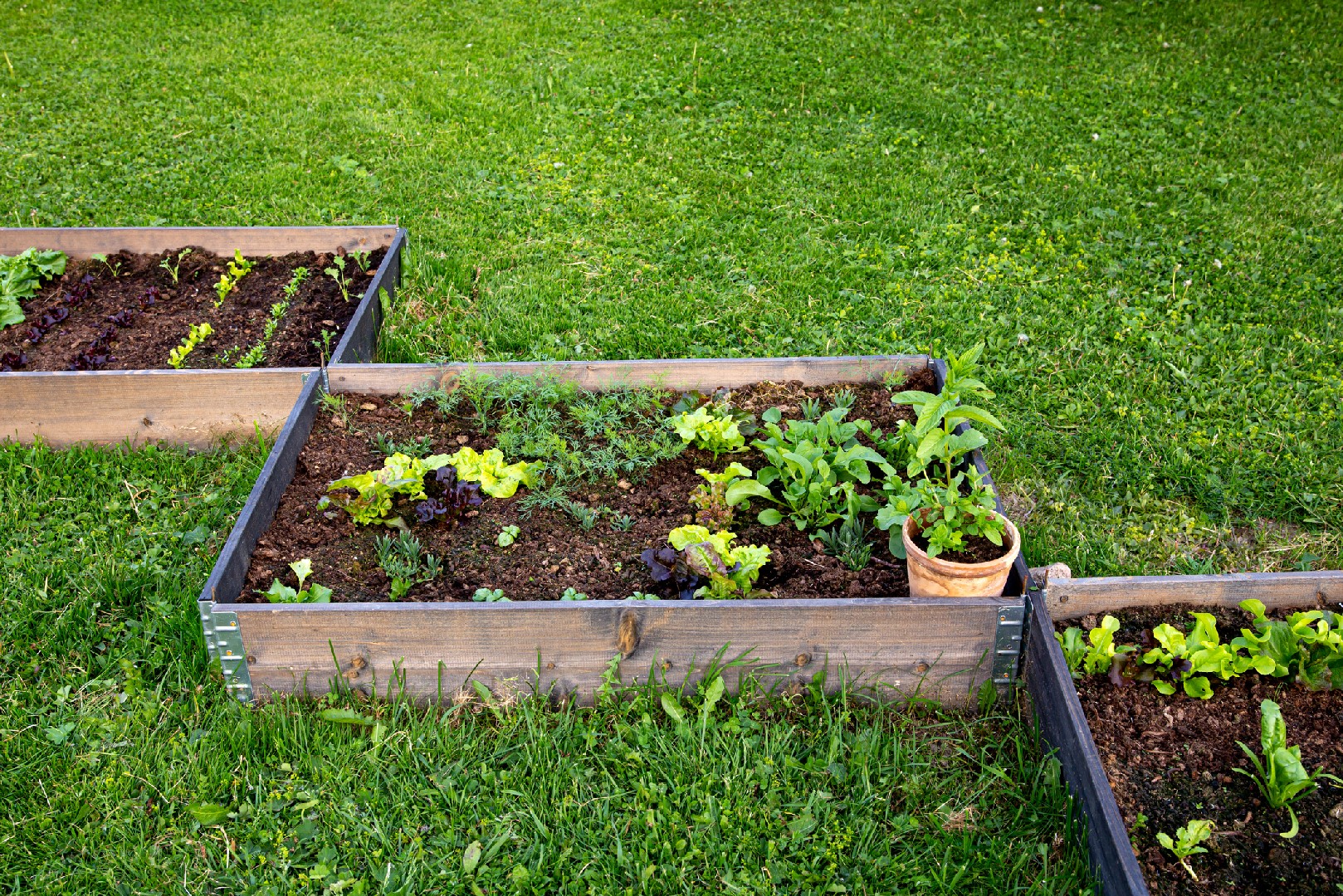![Rectangle]()
Designing Your Accessible Raised Bed Garden
Designing an accessible raised bed garden can be an incredibly fulfilling and rewarding experience. Not only does it provide a practical and convenient way to grow your own vegetables and fruits, but it also offers an opportunity to create a beautiful and inclusive space for gardening enthusiasts of all abilities.
To begin designing your accessible raised bed garden, the first step is to carefully consider the positioning of the garden space. Ideally, you should choose a location that receives ample sunlight throughout the day. This will ensure optimal growth and health of your plants. Additionally, selecting a spot that is easily accessible for all individuals, including those with mobility challenges, is essential.
Once you have chosen the right location, it is time to select the materials for your raised bed garden. When designing for accessibility, it is important to choose materials that are sturdy, durable, and safe. Opt for raised beds that are built at a comfortable height for easy reach and maintain. Materials such as weather-resistant wood, concrete blocks, or even recycled plastic are excellent choices.
Implementing a user-friendly layout is crucial in making your raised bed garden accessible to all. Consider incorporating wide pathways between beds to allow wheelchair access and easy maneuverability. Raised beds with rounded corners can minimize the risk of injury, especially for those with limited mobility. Additionally, adding handrails and support structures can offer stability and assist individuals in navigating the garden space.
As you start planning for planting, it is important to choose vegetables and fruits that are suitable for different seasons. This will ensure a bountiful harvest throughout the year. Opt for crops that are known for their accessibility and ease of maintenance. Some excellent choices include tomatoes, peppers, lettuce, spinach, and strawberries. These crops can be easily grown in raised beds and provide delicious and nutritious produce.
In conclusion, designing an accessible raised bed garden requires careful consideration of positioning, materials, layout, and planting choices. By following these steps, you can create a garden space that is not only beautiful but also inclusive and empowering. Remember, gardening is for everyone, and with the right design and accessibility features, you can enjoy the wonders of nature and cultivate your own harvest of fruits and vegetables regardless of your abilities.





